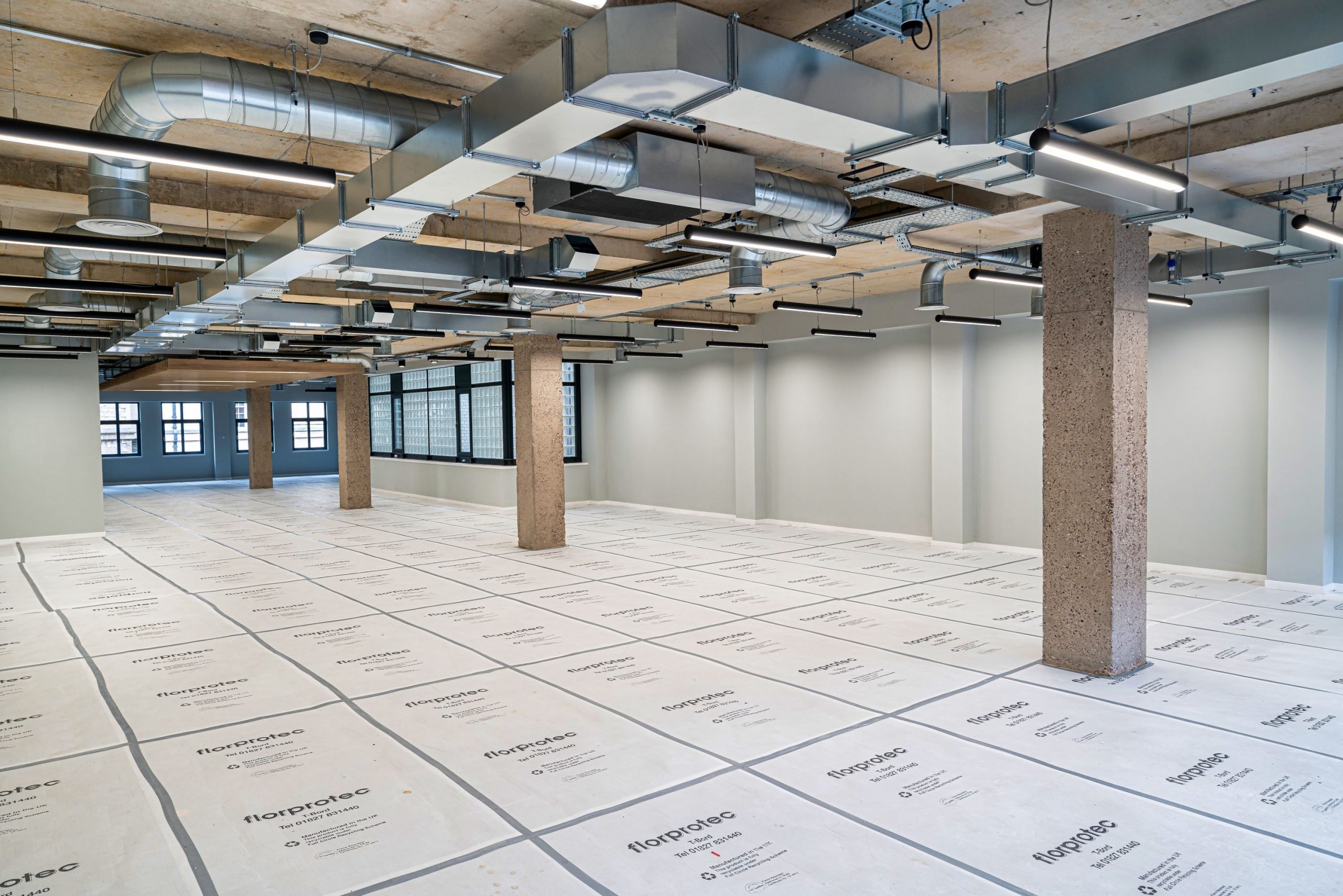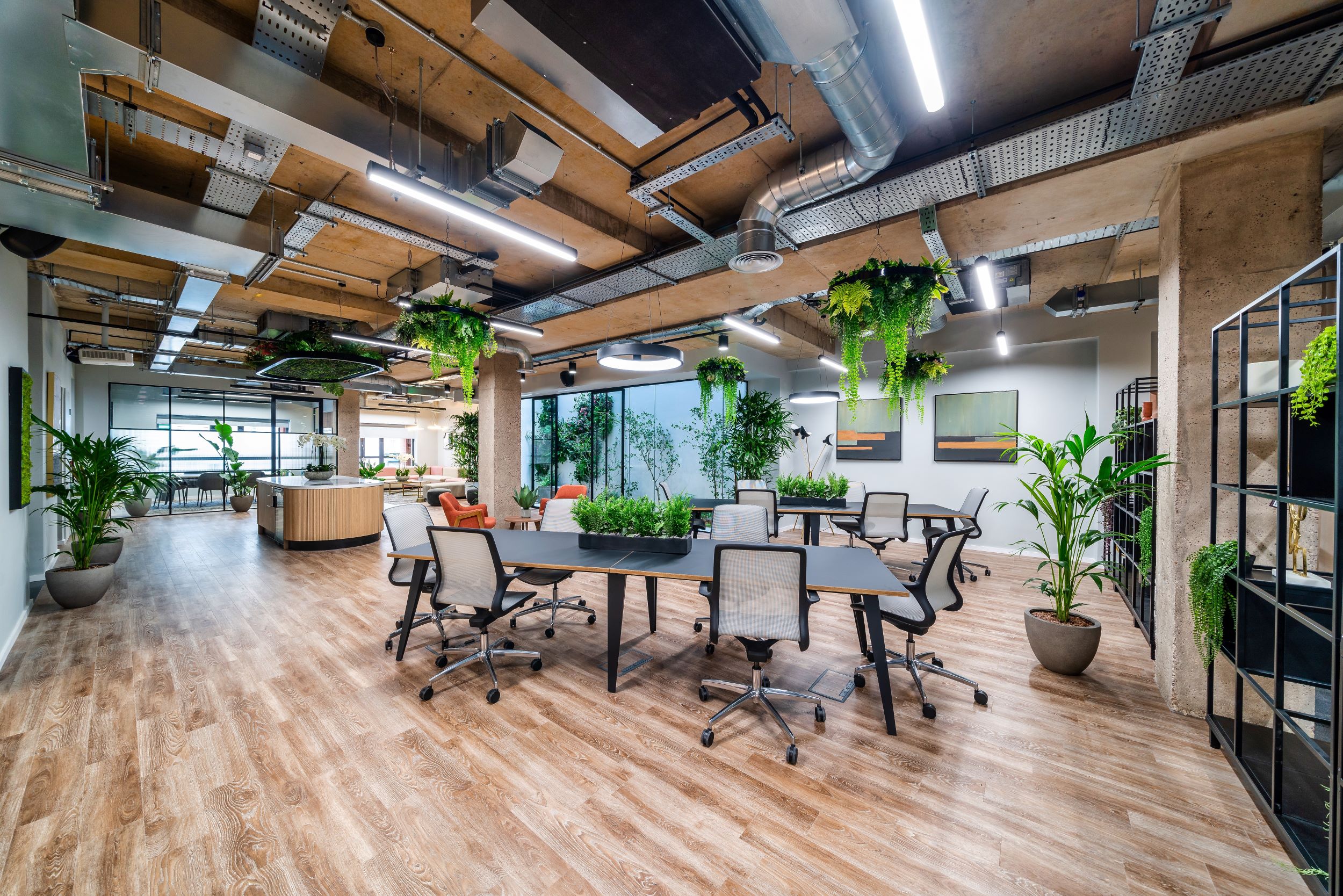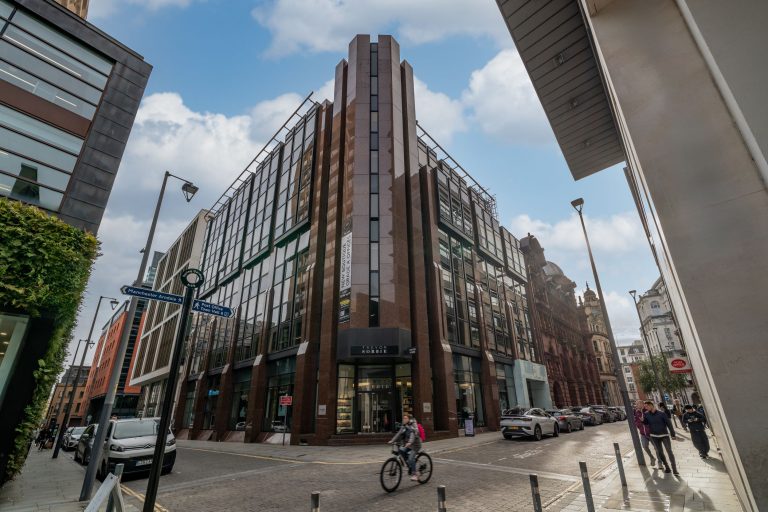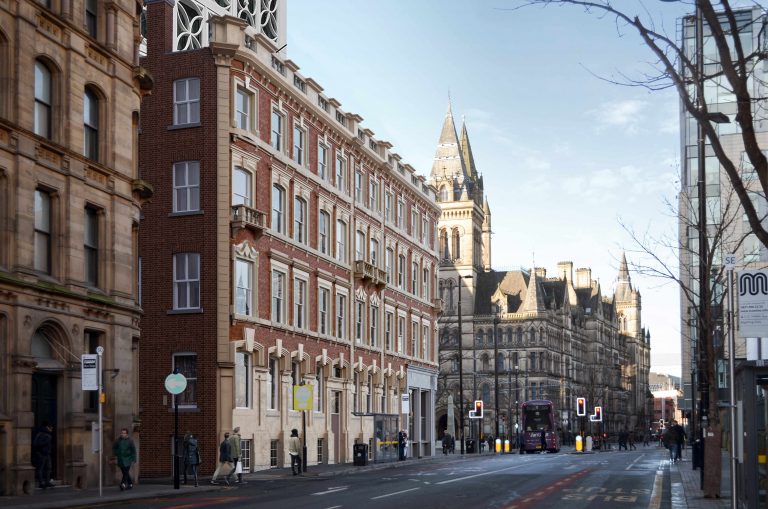Decoding the Jargon: Simplifying Commercial Property Terms
James Davies | 12 March 2024
In the world of offices, it often feels as though we thrive off overcomplicating things which are in actual fact very simple. If you’ve ever found yourself lost in a conversation about CAT A fitouts, Grade A properties, or M&E systems, fear not – you’re not alone. In this blog, I’ll be unravelling the mysteries behind common commercial property terms, empowering you to navigate the industry with more confidence and clarity.
Biophilia
Let’s begin with my favourite of them all. Biophilia. For some reason we seem to particularly enjoy using the word biophilia. To quote the Cambridge Dictionary, biophilia refers to the ‘love of living things and nature, which some people believe humans are born with’. As spiritual as this may sound, when it comes to marketing office space the word biophilia tends to just be a reference to the plant pot in the corner of the room. It can however be fancier than this. Biophilia encompasses a number of features found in an office such as a green wall, planters on top of storage units or simply a little cactus on the windowsill!
CAT A
Now, let’s move on to some common office classifications. CAT A is a phrase you may well have heard being thrown around. As I’m sure you’ve probably sussed out, this is short for Category A which refers to the highest base build fit-out in offices, typically characterized by essential amenities and infrastructure provided by the landlord. CAT A spaces often include features such as raised floors, suspended ceilings, mechanical and electrical services, basic lighting, and sometimes basic partitioning. These spaces are essentially blank canvases, allowing tenants to customise and adapt the interior layout according to their specific needs and preferences.

CAT B
This then leads us onto CAT B, and you guessed it, this stands for Category B. CAT B essentially refers to the next step following on from a CAT A fitout, elevating the customisation process to a more sophisticated level. It involves more extensive interior design, tailored to the occupiers’ specific requirements and preferences. This encompasses a comprehensive selection of furniture, fixtures, and finishes, surpassing the offerings typically found in CAT A fitouts, thus creating more of a bespoke environment. A CAT B fitout is designed and delivered by the occupier, however in the current market this is increasingly being carried out by landlords who are frequently delivering their own CAT B fitouts in advance of finding a tenant. This offering, widely marketed as ‘fully fitted and furnished offices’, correlated to around 24% of all Manchester City Centre leasehold office transactions in 2023 displaying an increasing trend in the Market. Fitted and furnished offices remove the hassle for occupiers by allowing them the opportunity to move straight into a new office, without having to deal with the stress of managing their own fitouts.

Capex
Now, let’s talk finances. We love to use the word Capex because it sounds so much more bespoke and sophisticated than its actual meaning. Capex stands for Capital Expenditure, which in simple terms means money spent. It refers to funds allocated for acquiring, upgrading, or maintaining physical assets like property, buildings, or infrastructure. In the realm of office agency, we tend to use this terminology when referring to an occupier’s office fitout, as these expenditures are typically long-term investments aimed at improving or expanding their operational capacity, efficiency, or competitiveness. Capex plays a crucial role in the strategic planning and growth initiatives of businesses, as it enables them to enhance their assets and infrastructure, thereby supporting future revenue generation and profitability.
M&E
To bring my jargon busting activity to a close, I thought I would finish with every Building Surveyor’s favourite acronym, M&E i.e. Mechanical and Electrical systems. These systems are the backbone of any building’s functionality. They encompass a wide array of critical components, including heating, ventilation, air conditioning, plumbing, lighting, power supply, security systems, and more. Without these systems, a building would struggle to maintain operational efficiency and comfort for its occupiers, illustrating their indispensable role in modern infrastructure. Understanding M&E systems is essential for property owners, facility managers, and occupants alike, ensuring the effective operation and maintenance of buildings for years to come.
In conclusion, the world of offices can often seem unnecessarily complex, with jargon and terminology that can leave many feeling puzzled. However, through this blog, I’ve aimed to demystify some of the common commercial property terms that often perplex us. From understanding the significance of ‘Biophilia’ to unravelling the intricacies of “CAT A” and “CAT B” fit outs, I’ve delved into the nuances of office space classifications and customization options. Furthermore, I’ve attempted to shed light on the financial aspect with insights into terminology such as ‘Capex’, highlighting the underlying simplicity of some of these terms. Armed with this knowledge, I hope you feel more empowered to navigate the commercial property landscape with confidence and clarity!


